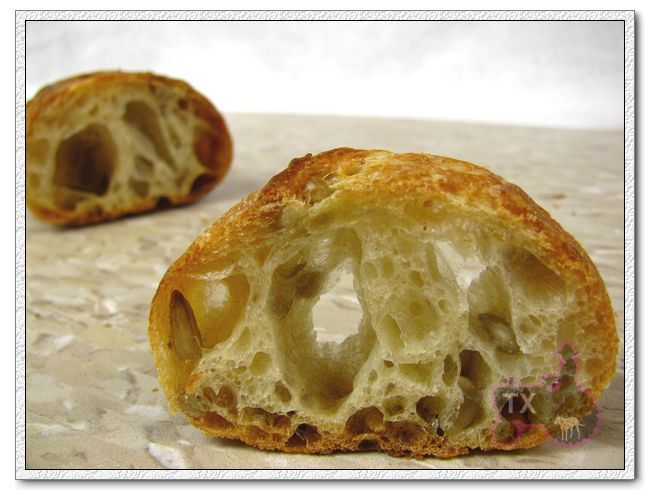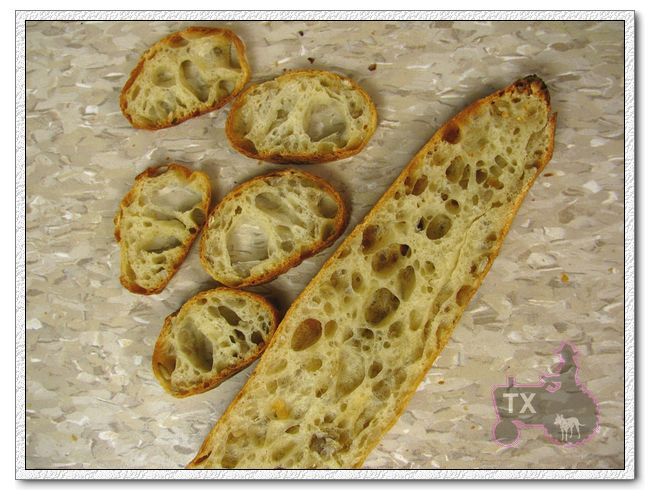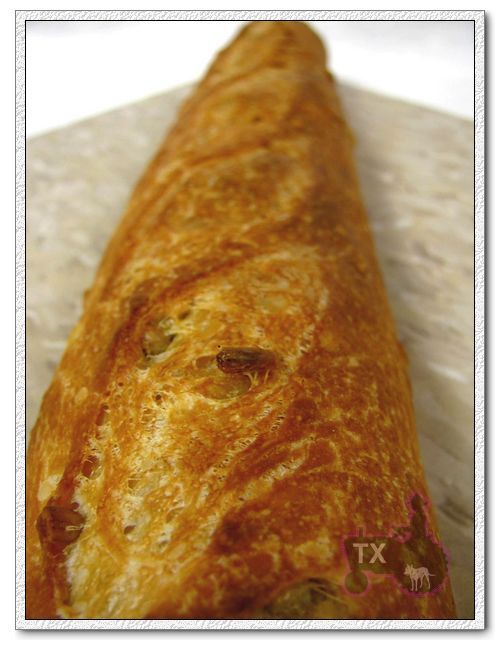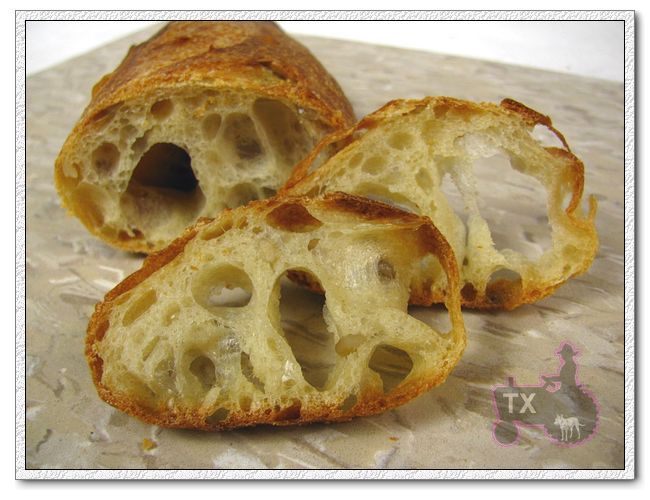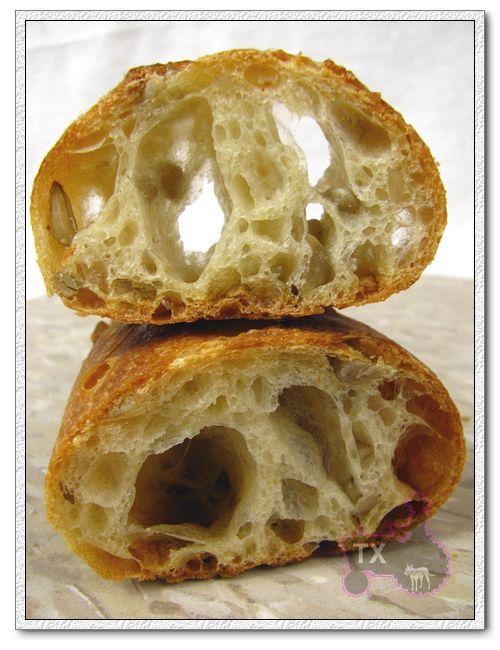

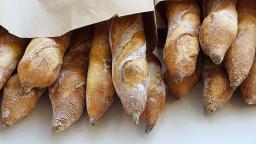
Why no overnight retard on Hamelman's basic Pain au Levain?
I have been making a few of Hamelman's sourdoughs. I notice that on several of these, he includes an option to retard for 8-18 hours, but not for the Pain Au Levain (5% rye) on page 158. Does anyone know why not? This is not a theoretical question. I would like to bring a couple loaves of this for a visit, and the timing works much better if I can retard overnight, and bake in the morning. Thanks. -Varda

Tim Hayward
Hello, I am a new member and I love this site! So much great information. I ran across these videos of Tim Hayward of the London Guardian and wanted to share the links.
http://www.guardian.co.uk/lifeandstyle/wordofmouth/video/2010/jul/20/how-to-cook-bread
http://www.guardian.co.uk/lifeandstyle/wordofmouth/video/2010/feb/17/how-to-make-perfect-pizza

Great video
Don't know if you have seen this yet...
http://www.guardian.co.uk/lifeandstyle/wordofmouth/video/2010/jul/20/how-to-cook-bread
it's a new video of Richard Bertinet demonstrating his condiserable dough handling skills. Beautiful.
In other news, the Real Bread Campaign earns Tesco a slap on the wrist...

Whole wheat bread.
I was making Reinhardt's Transition Whole Wheat bread. Preheated my oven to 425 F and forget to reduce to 350 F. Created ballast for my garbage can. During baking, I wondered why my oven smelled of burned bread. Thought it needed cleaning.
New batch is under way. By evening I'll have an unscorched loaf.
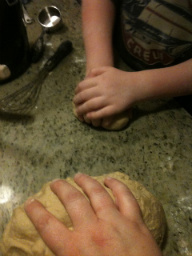
The Sweeter Side of Amy's Bread
I just picked this book (as well as her first edition Amy's Bread) and I love it, but... I do have a question about accuracy of recipes. I made the Banana Blueberry quickbread and noticed it took a LOT of kosher salt - like over a tablespoon for two loaves. I was looking to see about buying it, and on Amazon the reviews are great, but someone mentioned this particular recipe and questioned the salt content - and said it tasted too salty to them too.



